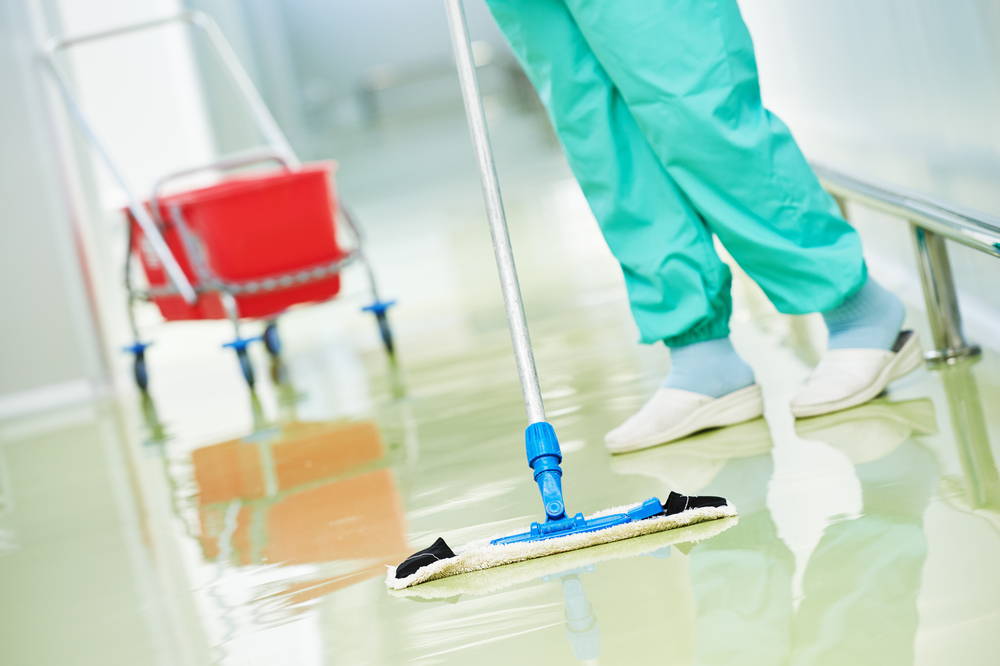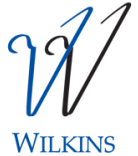Nosocomial infections, otherwise known as Hospital Acquired Infections (HAIs), account for 1.7 million infections and close to 100,000 deaths every year – and that’s just in the U.S. The risk for nosocomial infections, however, is not only limited to hospitals and surgical facilities.
In cases where patients require an extended stay, as in hospice care and elderly homes, the risk is higher because the residents have highly compromised immune systems.
Proper clean-up procedures are extremely important and include a couple of key points to guarantee safety and hygiene:
Swift response.
When it comes to preventing cross-contamination, time is of the essence. A swift response is necessary to prevent contaminants from both thriving and spreading, as well as preventing unnecessary human contact with the contaminated items or areas. Soiled linens should be removed and appropriately bagged immediately. Compromised locations should be blocked off and treated promptly according to protocols.
Strict observance of proper protocols.
Different medical and healthcare facilities may have different specific requirements for cleanups, although they are generally guided by standard procedures such as the ones set by OSHA. Each component of the standard cleanup procedure is designed to yield results as well as to protect the personnel carrying out the procedure. That’s why it’s important to follow them as strictly as indicated.
Use of proper gear.
Cleanup personnel not only get exposed to disease-causing contaminants, but also to the harsh chemicals in the cleaning solutions. Your janitorial kits must be amply stocked with items like goggles, face masks, and disposable gloves.
Proper handling and transportation.
Proper handling and transportation of linens, pre- and post-laundry play crucial roles in the clean-up procedure, especially in the prevention of cross-contamination and maintaining a hygienic facility. It is important that these linens do not get in contact with surfaces and are properly contained and isolated at every stage of the procedure. This includes, for instance, the use of dedicated linen carts and soil houses to ensure that contaminated or compromised items are kept separate from clean and safe items.
Use of cleaning equipment and solutions.
Floor care and facility management play even more important roles in maintaining the cleanliness of medical and healthcare facilities. The right cleaning tools like mops and how they are cleaned and disinfected mean the difference between achieving clean, safe results and unwittingly being complicit in cross-contamination.
Partner with Wilkins Linen and Dust Control Services Today!
Wilkins is an expert in healthcare facility maintenance! Our OSHA and JCAHO compliant operations are all your facility needs for comprehensive and effective cleanup solutions. We provide a range of soiled linen storage solutions and products as well as an array of floor care and janitorial service options for healthcare facilities of all types and sizes!
Learn more about our services or get custom solutions for your needs today. Call us at 1-866-945-5467 for details!







